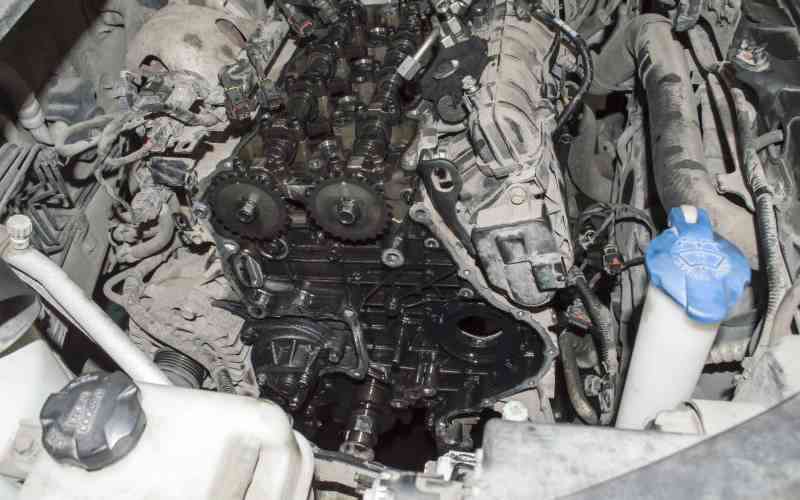×
The Standard e-Paper
Smart Minds Choose Us

Partially disassembled diesel internal combustion engine under the hood of the car. [File, Standard]
No matter how pretty and sophisticated the outer body of a vehicle looks, it is always the engine that defines the car. The engine is the heart of any vehicle and hence needs to be kept healthy and breathing. Always.